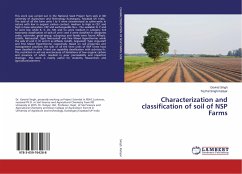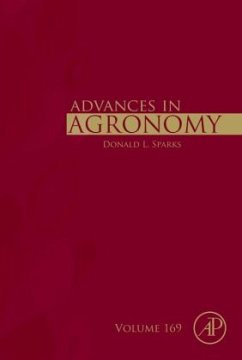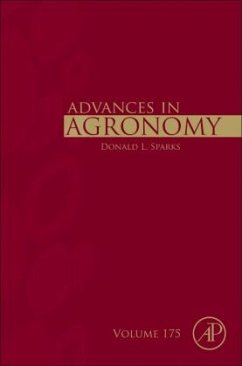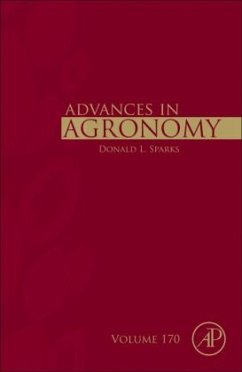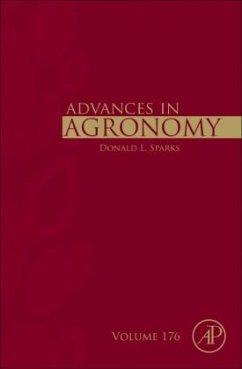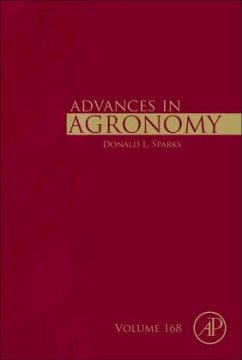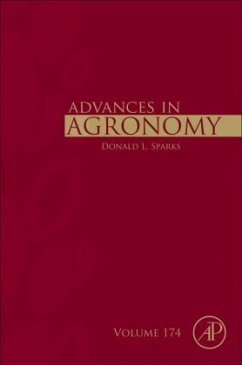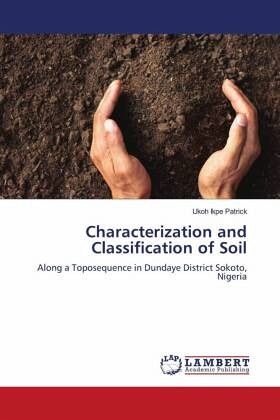
Characterization and Classification of Soil
Along a Toposequence in Dundaye District Sokoto, Nigeria
Versandkostenfrei!
Versandfertig in 6-10 Tagen
20,99 €
inkl. MwSt.

PAYBACK Punkte
10 °P sammeln!
Soil is undoubtedly the most valuable and dependable natural resource but it is non-renewable in human time and therefore it has to be managed to maximize its conservation and productivity to feed the population. This book characterization and classification of soil along a toposequence and its implications on agricultural activities in Dundaye district Sokoto, Nigeria. The soils were rated as having very low available phosphorus. The soils were low in cation exchange capacity with high base saturation status. The soils were classified using the USDA soil Taxonomy system in which soils of the ...
Soil is undoubtedly the most valuable and dependable natural resource but it is non-renewable in human time and therefore it has to be managed to maximize its conservation and productivity to feed the population. This book characterization and classification of soil along a toposequence and its implications on agricultural activities in Dundaye district Sokoto, Nigeria. The soils were rated as having very low available phosphorus. The soils were low in cation exchange capacity with high base saturation status. The soils were classified using the USDA soil Taxonomy system in which soils of the summit were classified as Typic Haplustepts, those of the shoulder as Vermic Ustorthents, and those of the foot slope as Typic Endoaquents, which correlated with Ruptic Cambisols, Eutric Fluvisols and Eutric Gleysols in the WRB system of classification.



